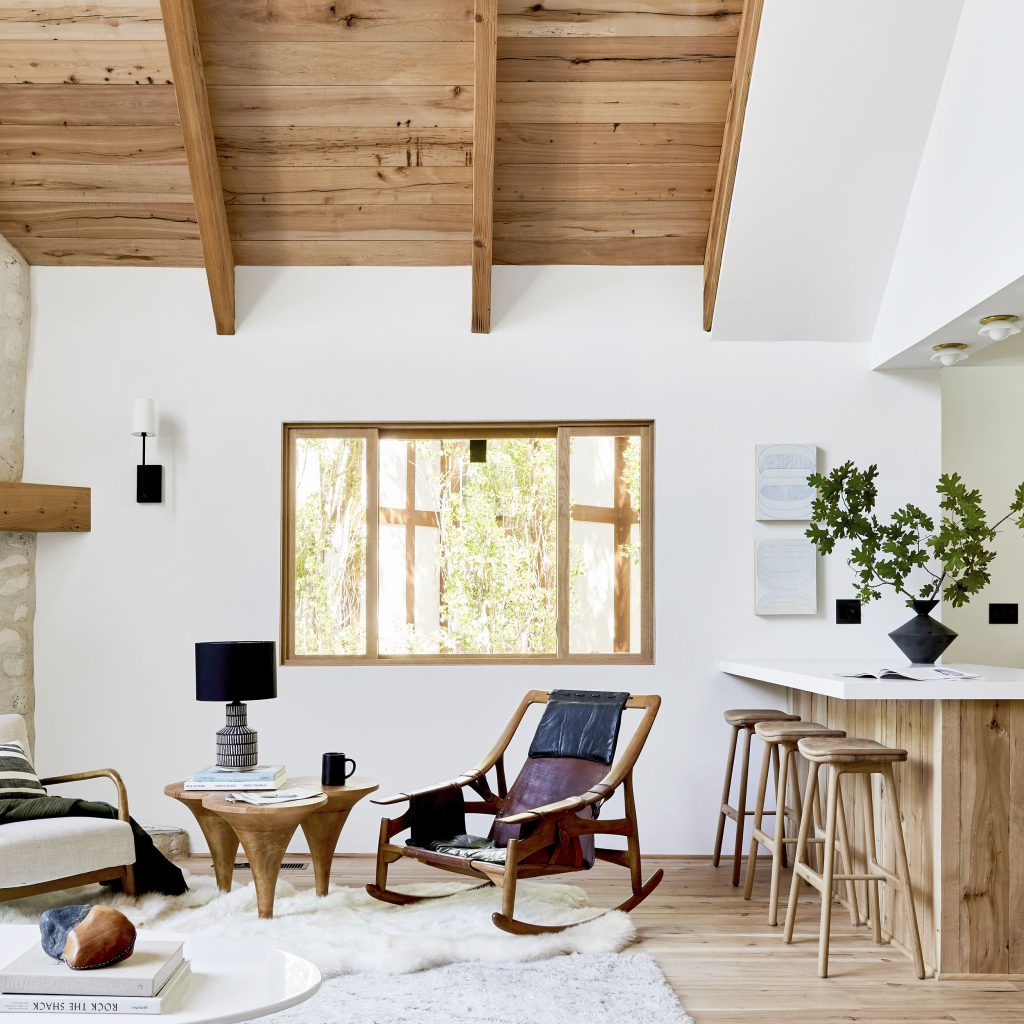
The Revolutionary Designs of Panton: Exploring the Legacy of a Design Icon
Introduction
Verner Panton left an indelible mark on the world of design during his career. Born in Denmark in 1926, Panton studied architecture at The Royal Academy of Fine Arts in Copenhagen. He began his career working alongside legendary Danish designer Arne Jacobsen, and eventually launched his own studio. Panton’s innovative and often playful designs continue to influence modern design to this day.
Early Career
After leaving Jacobsen’s office, Panton launched his own studio in 1955. One of his first major successes was the Bachelor Chair, which was designed to fit the needs of a young man living alone in a studio apartment. The chair was designed to be inexpensive, portable, and versatile, and was well-received by both the public and the design community.
Panton continued to create striking and innovative designs throughout the 1950s and ‘60s, earning a reputation as a visionary designer. His work was characterized by bold colors and shapes, as well as a fascination with new materials and technologies.
The Panton Chair
Perhaps Panton’s most famous design is the Panton Chair, which was first produced in 1967. The chair was made from a single piece of molded plastic, and its sleek, minimalist design was a departure from traditional chair designs. The chair quickly became an icon of modern design, and its influence can still be seen in contemporary furniture.
Innovative Use of Materials
One of the hallmarks of Panton’s work was his use of new and innovative materials. He was one of the first designers to incorporate plastic into his designs, and he was fascinated by the unique properties of this material. Panton also experimented with fiberglass, which allowed him to create fluid and curvaceous forms that were difficult to achieve through traditional woodworking techniques.
Playful Design
In addition to his innovative use of materials, Panton was also known for his playful approach to design. He was fascinated by the idea of creating environments that would engage and inspire the people who lived or worked in them. One of his most famous designs was the Visiona 2 exhibit, which he created for the 1970 Cologne Furniture Fair. The exhibit consisted of a series of psychedelic rooms, each featuring bold colors and playful shapes. The exhibit was a huge success, and helped to cement Panton’s reputation as a visionary designer.
Legacy
Although Panton passed away in 1998, his influence on the world of design continues to be felt. His innovative use of materials and playful approach to design inspired a generation of designers, and his work continues to be celebrated for its boldness and originality. The Panton Chair, in particular, remains a powerful symbol of modern design, and its timeless appeal ensures that it will continue to be a staple of contemporary furniture for decades to come.



